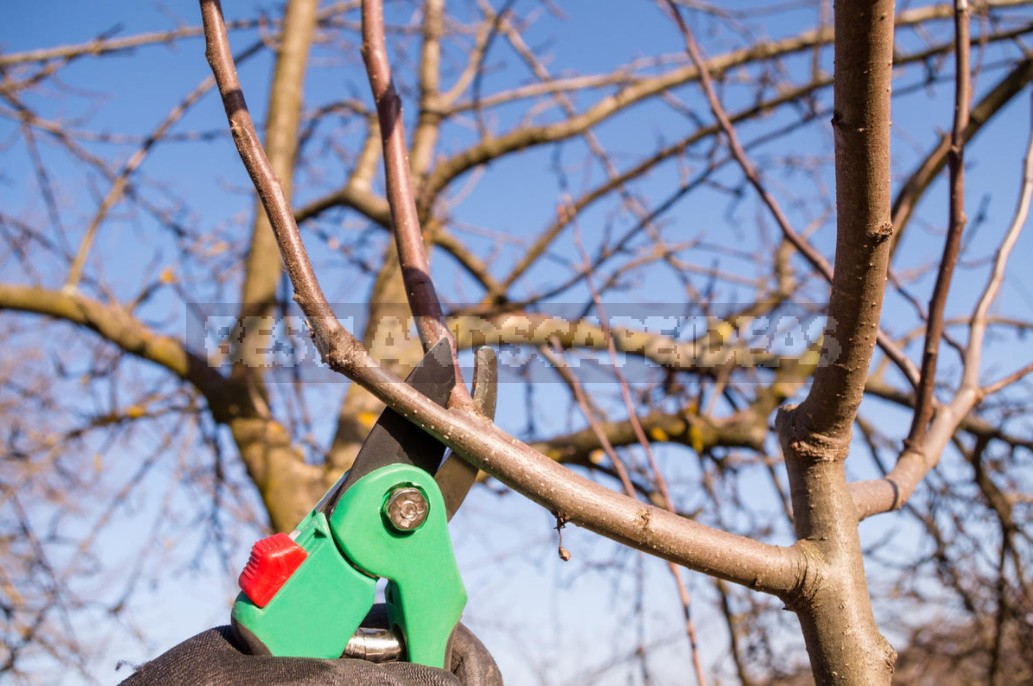
Every owner of an orchard wants to see his trees healthy and productive. However, it is impossible to leave varietal apple and pear trees to grow as they please and at the same time receive a good return from them in the form of abundant fruiting. We will tell you in an accessible way how to carry out competent pruning of fruit trees. She explains in detail what the fruits are formed on, so that you can understand how to prune a neglected crown and rejuvenate an old tree.
What are generative branches?
By the time the crown is formed, most of the varieties of seed crops are already beginning to bear fruit. The delay in fruiting may be caused by the characteristics of the variety, agricultural technology (for example, an excess of nitrogen nutrition), etc., or it may be the result of too intensive pruning. In strongly pruned plants, mainly powerful growth or vegetative shoots are formed, and seed-bearing ones bear fruit on weak, so-called overgrown branches. It is necessary to learn how to recognize fertile (generative) twigs, so as not to accidentally remove them when thinning the crown, thereby depriving yourself of a part of the crop.
You can speed up the entry of the tree into fruiting by bending the increments to a horizontal or drooping position, banding or so-called detailed pruning (pruning for fruiting). You can turn a strong growth into a fruit-bearing branch by pruning it for three years.
Overgrown branches are the most short — lived in the crown of the tree. The fruit-bearing wood gradually ages and needs thinning and rejuvenation. Different varieties can bear fruit mainly on one or two types of overgrown branches, or on all at once, or move with age from one type of fruiting to another.

Frequency of fruiting
The frequency of fruiting is characteristic of many varieties of apple trees. It is expressed in the fact that in some years the tree brings a large (sometimes excessively large) harvest, and then it “rests”for a year or even more. With the age of the plant, this property increases. In the years of a plentiful harvest, the growth of apple trees is weak, and frost resistance decreases.
It is almost impossible to resist the frequency of fruiting, it is only possible to smooth out this phenomenon by rationing the harvest, that is, by removing part of the fruit branches in the years of the expected excess of apples. Not too convenient, is it? It is better to select varieties for planting that bear fruit annually or do not have a pronounced periodicity. Or just put up with it.
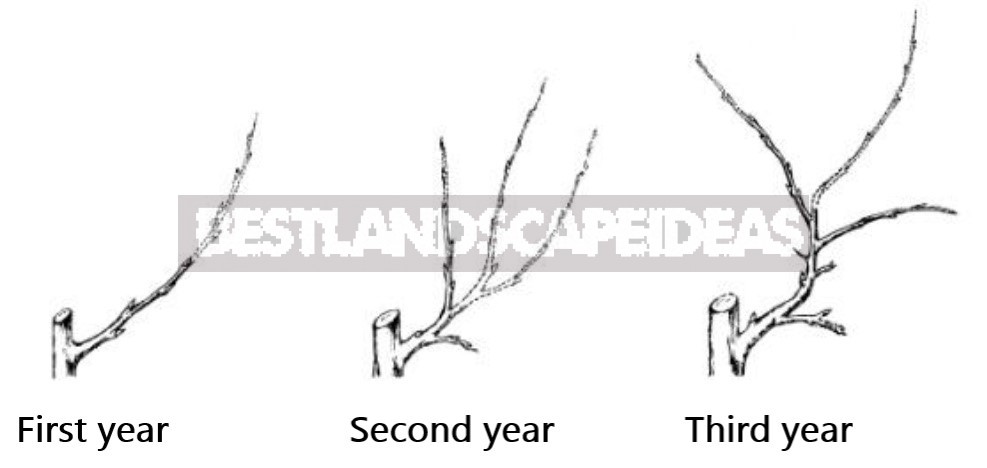
Detailed pruning allows you to maintain an optimal ratio between the growth and fruiting of the tree. However, it is impossible to give exhaustive recommendations for its implementation in any book: too many factors must be taken into account when choosing a cut-off location. Intuition, based on many years of practice, plays an important role in this. Therefore, if you do not feel confident in your knowledge, it is better to entrust such a pruning to a specialist. And in the meantime, watch his work, because you can and should learn not only from your own, but also from someone else’s experience.
Pruning of neglected crowns
If the tree was not formed from a young age or was cut incorrectly or irregularly, its crown is clogged with a lot of “extra” branches that are not suitable either for fruiting or for strengthening its skeleton. They worsen the air-light regime in the crown and pull off nutrients that could go to the formation of fruits.
You can correct such a crown by thinning. Since you will have to cut a lot, as well as cut out large branches, it is better to do this gradually, over several years, so as not to weaken the plant.
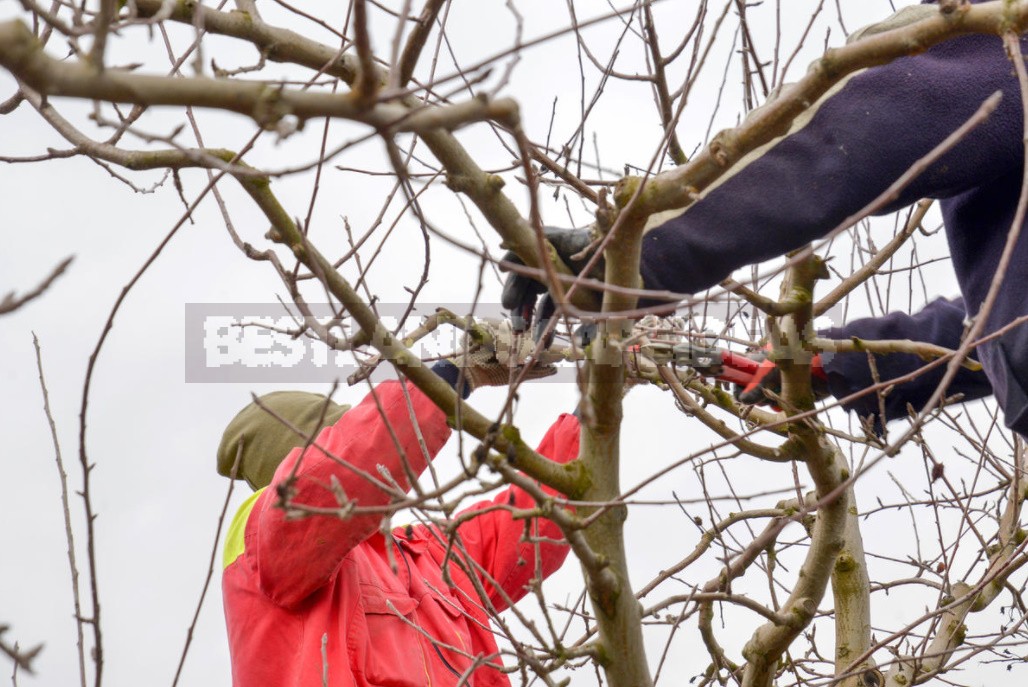
What to trim when thinning the crown
When pruning running crowns, first of all pay attention to the following:
- dry, diseased, damaged, broken branches;
- competitors of the central conductor and well-placed skeletal branches;
- branches that branch off at an acute angle and dangerous forks;
- strong vertical branches and shoots in the inner part of the crown;
- parallel branches located close to each other;
- branches and shoots that intersect and are directed inside the crown;
- extra skeletal branches.
When the fate of each bitch is decided at the macro level, the skeleton of the crown is formed from the remaining ones, guided by the principles of subordination of its parts. To do this, the branches are shortened, transferred to suitable lateral branches, if necessary and possible, they are bent, etc., depending on the situation. Then they put each skeletal branch in order, considering it as a separate tree for convenience.

Unfortunately, no matter how carefully this work was done, the corrected tree will no longer be what it could have become with timely formation. Since plant growth increases after a strong pruning, it will be necessary to control the formation of tops over the next few years. Otherwise, the crown may come in a worse condition than before pruning.
Crown rejuvenation
The question of tree rejuvenation arises when the annual growth of shoots does not exceed 10-15 cm, despite all the agrotechnical measures taken — watering, fertilizing, regular pruning. If the tree at the same time has a healthy trunk and skeletal branches, rejuvenation usually gives a positive result. If the tree is sick and weakened, it is better to uproot it.
Rejuvenating pruning begins with a strong thinning of the crown. Then the skeletal branches and branches are shortened to perennial wood. It is convenient to transfer branches to strong lateral branches or tops. If there are none, they are shortened to any branch on one third or half of the length of the branch. The wolf shoots appearing the next year are distributed according to roles. Strong and well-located — they are left as skeletal branches. Weak ones are turned into overgrown twigs by bending or pruning. They are good for nothing — they are cut into a ring. So a new crown is gradually formed.

Rejuvenation is carried out over several years, in stages. You can first rejuvenate half of the tree (more illuminated), and when a new crown is formed on it, go to the remaining half.
Rejuvenation of trees affected by frost
Sometimes a strong pruning has to be applied to trees affected by frost. The crown is restored in many cases, as with rejuvenation. The formation of a large number of tops can signal the aging and freezing of the tree. If there is reason to believe that the tree is frozen (for example, after a particularly harsh winter or alternating frosts with prolonged thaws), it is better to cut it later.
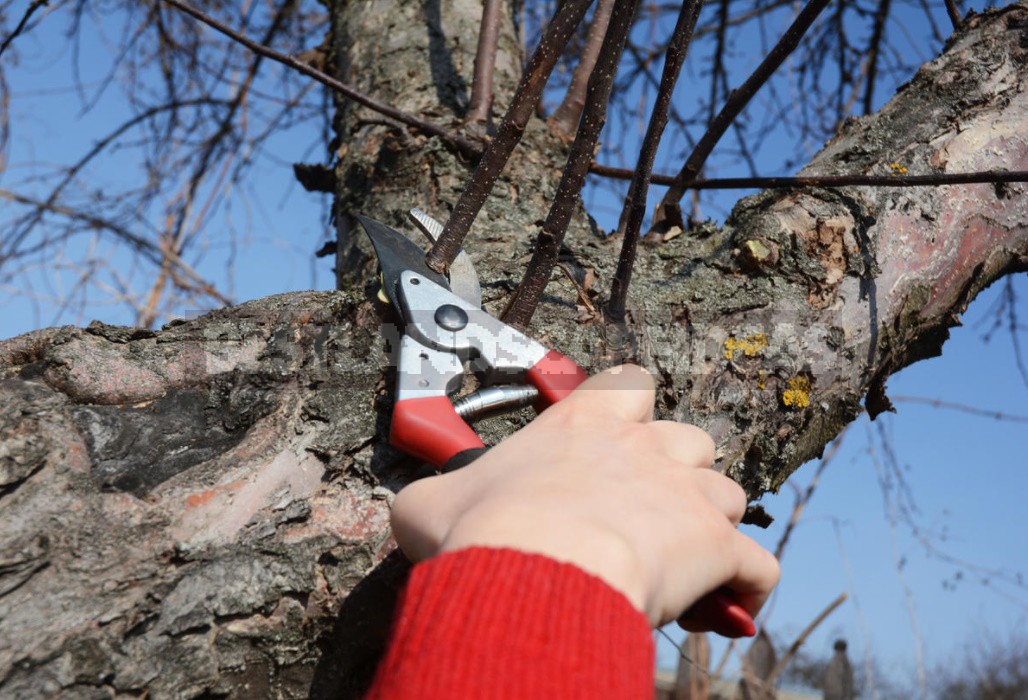
It is necessary to wait until shoots develop from the kidneys, and the degree of damage, as well as their localization, will become clearly visible (this happens around May-June). There is no need to hurry: in this sense, the indicator is not very reliable. On partially damaged wood, shoots from them can wither before they have time to develop.
The average length of growth varies from plant to plant, so you should evaluate its strength by comparing it with the growth of the same plant or itself in other years. On a weak growth, the leaves are smaller than usual. Too weak growth in a plant can be not only a consequence of natural aging. Also, the plant can be weakened by abundant flowering or fruiting. The reason may be hidden in improper agricultural techniques or in non-compliance with environmental requirements. It is worse if a weak increase is caused by a disease.
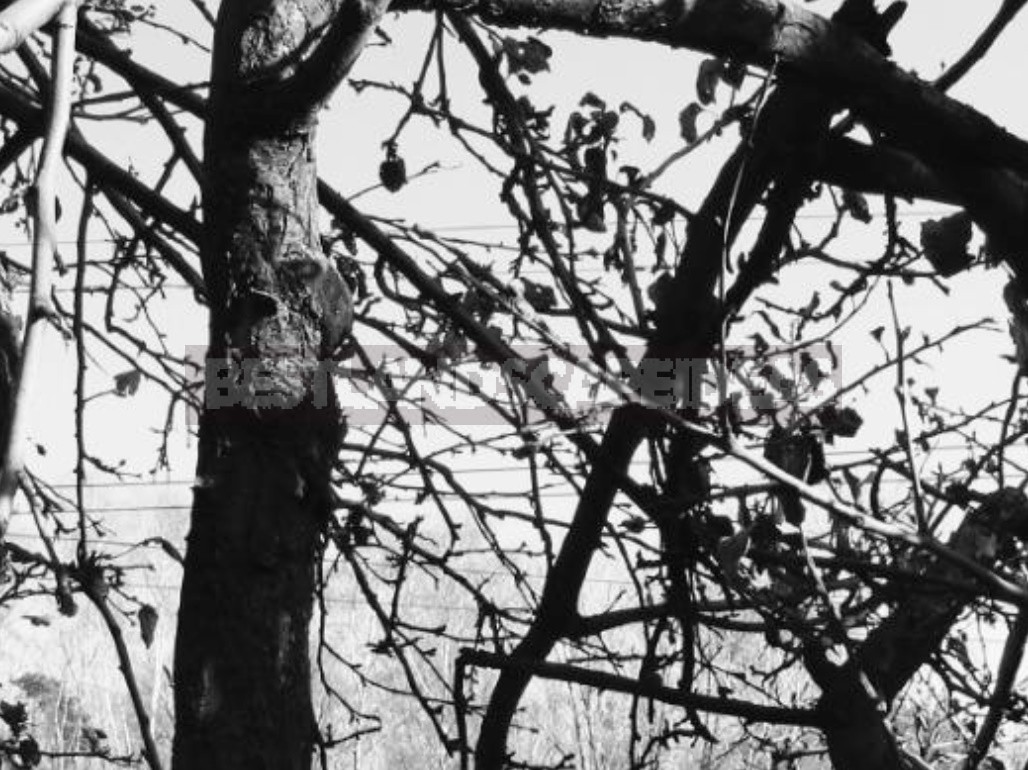
If you have started to cut it — do not throw it
Many pruning techniques have far-reaching consequences — strengthening or weakening of growth, the formation of many new shoots, etc. Some techniques are generally designed for the fact that next year a corresponding regular event will be held in this place. Regular pruning is much more efficient and less time-consuming than performing it out of necessity, when a correction is already required.
It is advisable to rejuvenate an old tree that has almost no growth, only if it is dear to you as a memory. Otherwise, it is more rational to replace it with a young seedling. If the value is not the tree itself, but a rare variety, you can graft its cuttings on a suitable rootstock or directly into the crown of another fruit-bearing tree. If there is no cuttings suitable for grafting in the entire crown (this happens!), you should rejuvenate a couple of branches to cause the growth of shoots. When it becomes clear that a valuable variety is fixed, you can safely root it up.
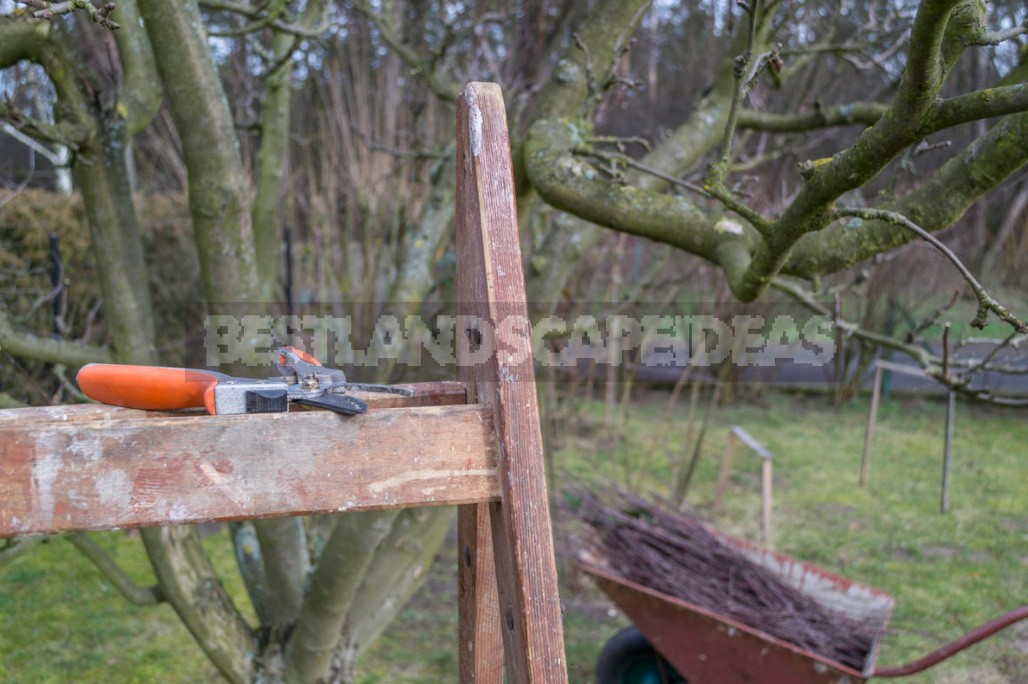

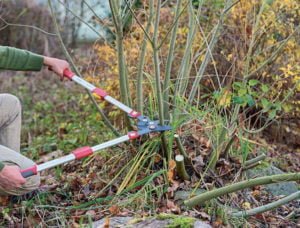
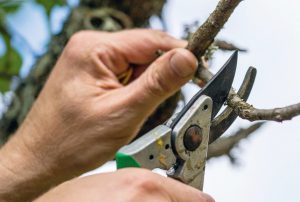
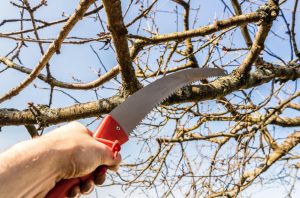
Leave a Reply